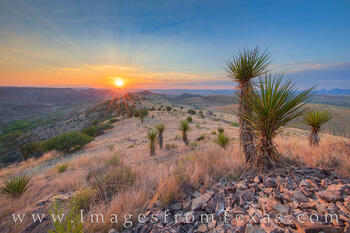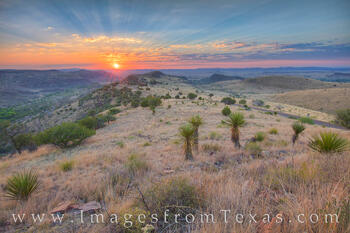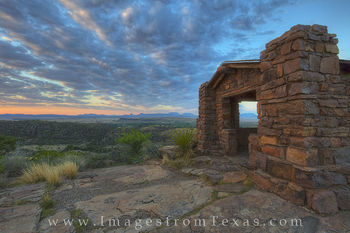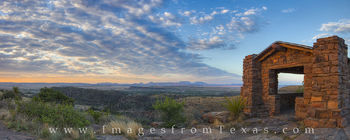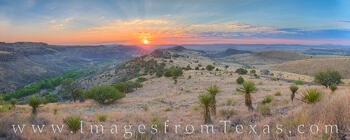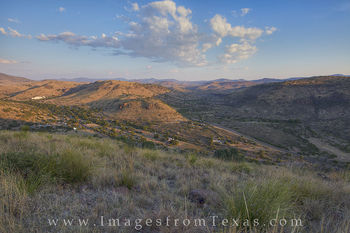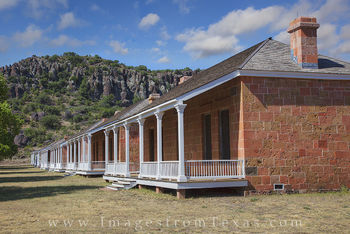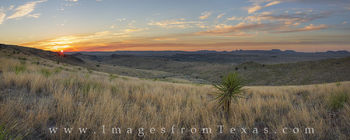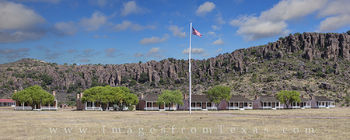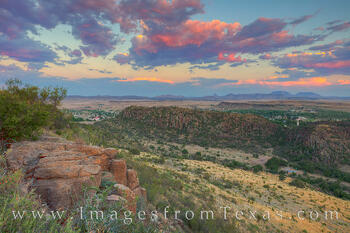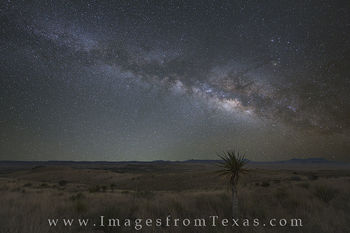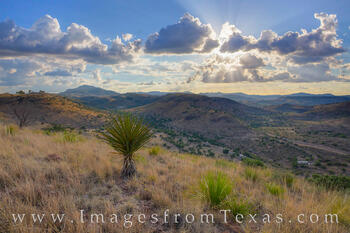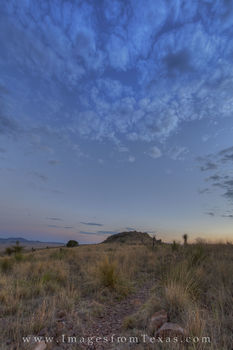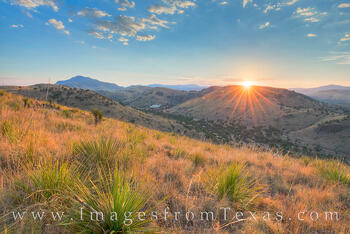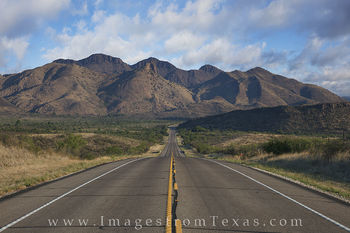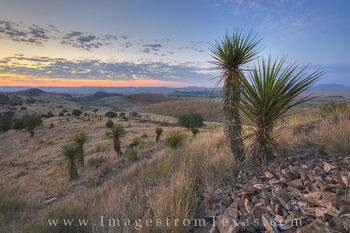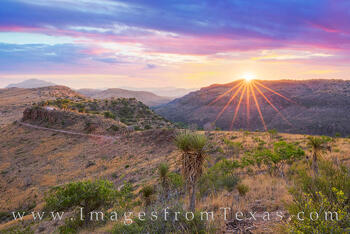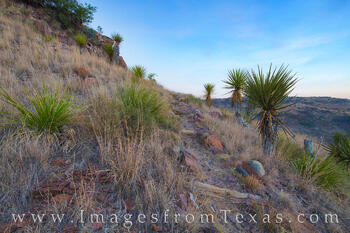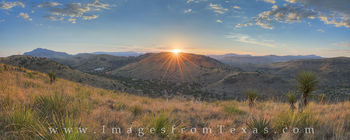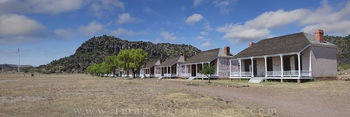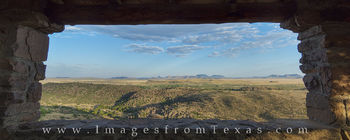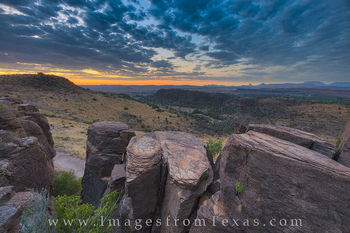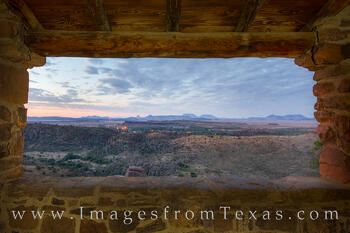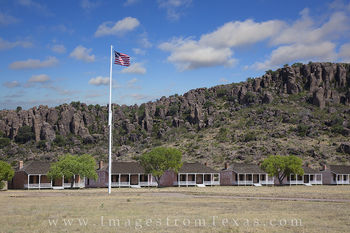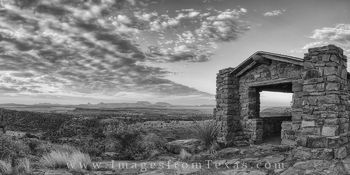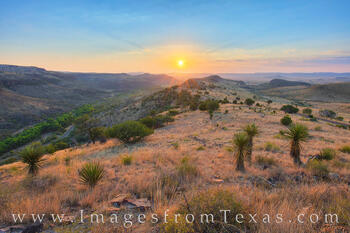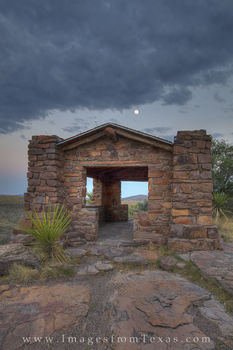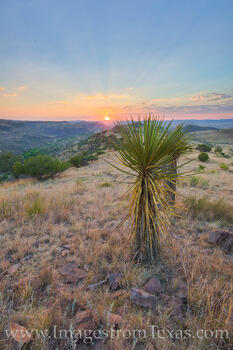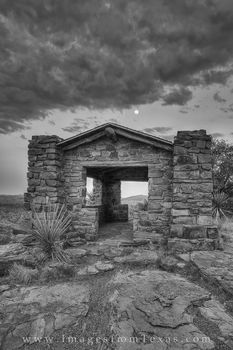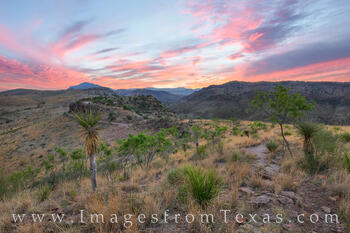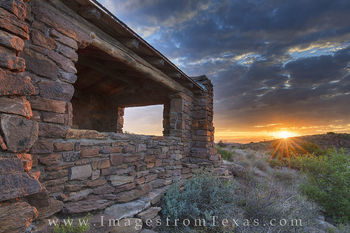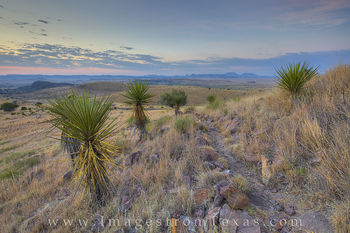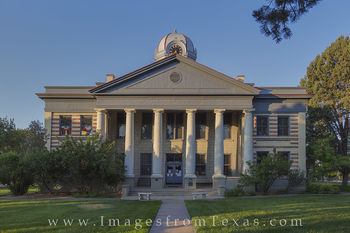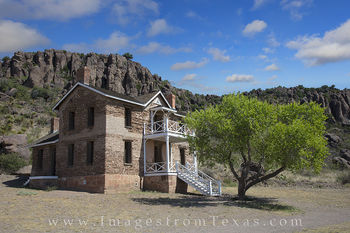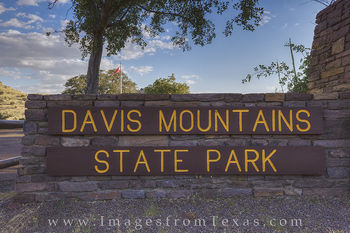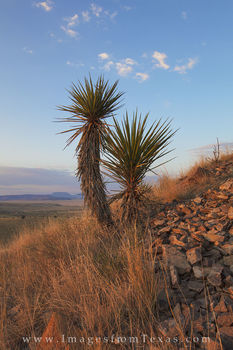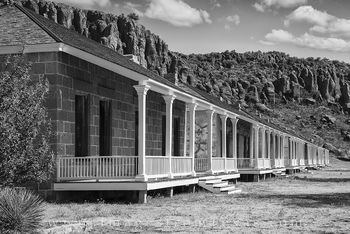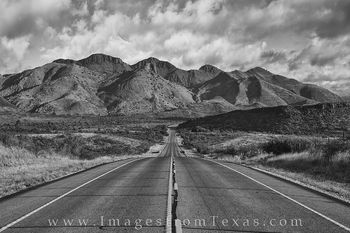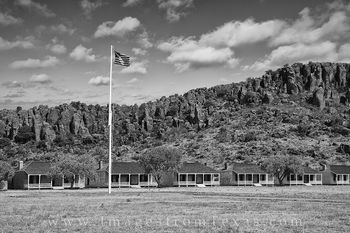Thank you for visiting this gallery featuring photography from The Davis Mountains and Fort Davis National Historic Site. All images here are available as prints, digital files, and as fine art prints.
The beauty of the Davis Mountains is often overlooked. About halfway between Texas' two national parks - Big Bend National Park to the south and Guadalupe Mountains National Park to the north, Davis Mountains State Park offers anice respite from the crowds while still providing rugged Texas landscapes, colorful sunrises and sunsets, and miles of trails for hiking, biking, and horseback riding. You can even make a short CCC (Civilian Conservation Corps) trail stretching just under two miles from the state park downhill to the historic Fort Davis just a few miles away.
In 1923, the Texas Legislature directed the Texas Parks Department to investigate creating a state park in the Davis Mountains. Ten years later, thanks to local land owners who donated 560 acres of land to be used as the state park, Davis Mountains S.P. Came into existence. Two CCC companies arrived in the heat of June, 1933, establishing camp and beginning work on roads, trails, and permanent structures. The park was open to the public five years later, in 1938,
Davis Mountains State Park rests in Jeff Davis County and now covers 2,709 acres. The park even has its own motel,the Indian Lodge, an adobe building containing 39 rooms for guests to enjoy. The landscape is higher in elevationthan most of Texas, rising to between 5,000-6,000 feet. Hike the Skyline Drive Trail (approximately 4.5 miles) to appreciate the west Texas beauty and take in the views of hills and valleys. This trail connects with the CCC trail and eventually takes you to Fort Davis.
In the shadows and beneath the cliffs and summits of the Davis Mountains, Fort Davis National Historic Site houses an important and often overlooked part of Texas history. From 1854 to 1891, this military outpost protected civilians - emigrants, travelers, freighters, and mail carriers - from marauding Indians on the Texas frontier. From 1867-1885, Buffalo Soldiers (black infantry units) served this outpost and covered thousands of miles, either walking or on horseback, pursuing the attacking Comanches and Apaches. Historians believe the name "Buffalo Soldiers" came from the Indians who likened the soldiers' hair to that of the Buffalo and found them worthy of respect.
When touring Fort Davis, you'll visit both officers barracks and enlisted men's quarters. Many of the old buildings have been restored and several structures still remain in their original state. This national historic site is steeped in Texas history and is worthy of a visit if you are in the area.
If you have any questions about the images in this gallery, please do not hesitate to contact me.
